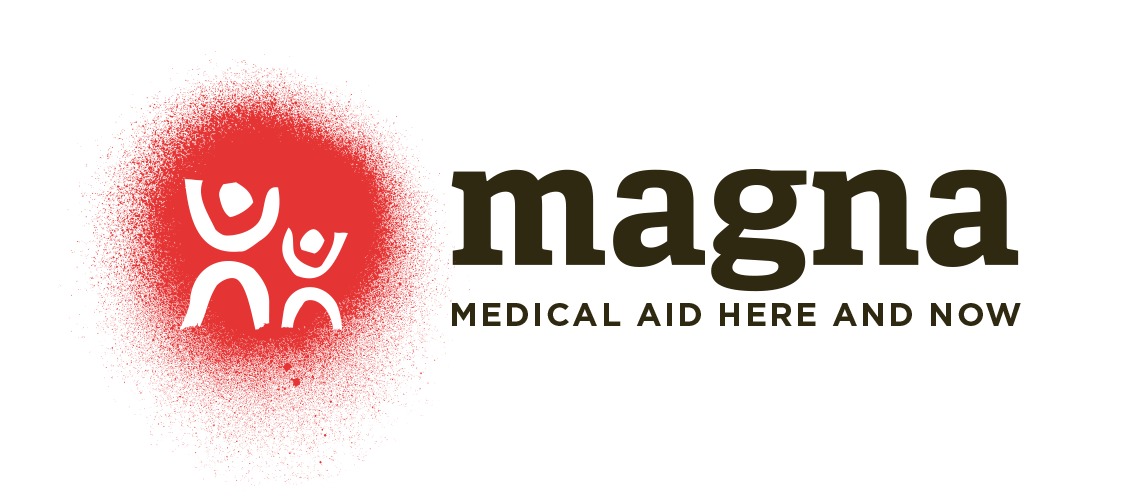Mother-to-child transmission of HIV stopped in 98% of cases
According to the latest information released by the World Health Organization, there were approximately 36.9 million HIV-infected people living in the world in 2017.
More than two-thirds of them are in sub-Saharan Africa. In the hardest hit countries, every third adult is infected with the virus. WHO estimates last year’s infection rate to have been 5,000 people per day. Since 2002, MAGNA has been treating people infected with HIV in the countries of the world most at risk.
Bratislava (29 November 2018) – Every year World AIDS Day is commemorated on 1 December. MAGNA, a humanitarian medical organisation founded by photographer Martin Bandžák and managed by him along with Denisa Augustínová, started off in 2002 as one of the first organisations to treat HIV patients and help stop the HIV/AIDs epidemic in Cambodia. Paediatric patients have been provided life-saving antiretroviral drugs (ARVs) and access to high-quality treatment. The HIV/AIDS programme was subsequently expanded to other critically affected countries like Vietnam, Kenya, Democratic Republic of the Congo and Nicaragua.
The photograph captured by Bandžák shows Sok, who entered MAGNA’s Cambodia HIV/AIDS programme and soon afterwards gave birth to her son Kin. “Today he is three months old and fully healthy,” according to MAGNA founder and project coordinator Augustínová, as she reminds how important it is to monitor HIV patients that are being treated. “We’ve managed to stop mother-to-child transmission of HIV in 98% of cases.” She has been addressing HIV issues and treatments since 2002 and mentions that MAGNA’s HIV/AIDS program now focuses mainly on children and adolescents, while seeking to prevent transmission of the virus from mother to child.
MAGNA is providing medical treatment to more than 3,000 children and adolescents in Cambodia living with HIV. Augustínová points out, however, that there are more than 70,000 people in the country stricken with this disease, and young people – teenagers – are the group most at risk. “They are at an age when they are grappling with everything and everyone, and in addition they are often orphans living in difficult conditions.” The vast majority of children with HIV were infected by their mothers during pregnancy, delivery or breastfeeding. However, ARVs are preventing mother-to-child transmission of HIV, with treatment able to reduce it to less than 2%.
“The cost of medicines is now cheaper than ever before,” Augustínová adds. “But effort is still needed to provide good quality treatment to allow those infected with HIV to live longer and healthier lives.”
World Aids Day is an internationally significant date, declared by the World Health Organization (WHO) as an opportunity to raise awareness about this deadly disease. At the same time, it lets everyone express support for people living with HIV, while honouring the memories of victims. It was first proclaimed worldwide in 1988 and this year the 30th anniversary is being celebrated. In 1996, the Joint United Nations Programme on HIV/AIDS was established to take over organisation and promotion of World AIDS day. The red ribbon has been the international symbol of the fight against AIDS and the expression of participation and solidarity with people infected with HIV since 1991. It is directly used as the logo of the World AIDS Programme .
